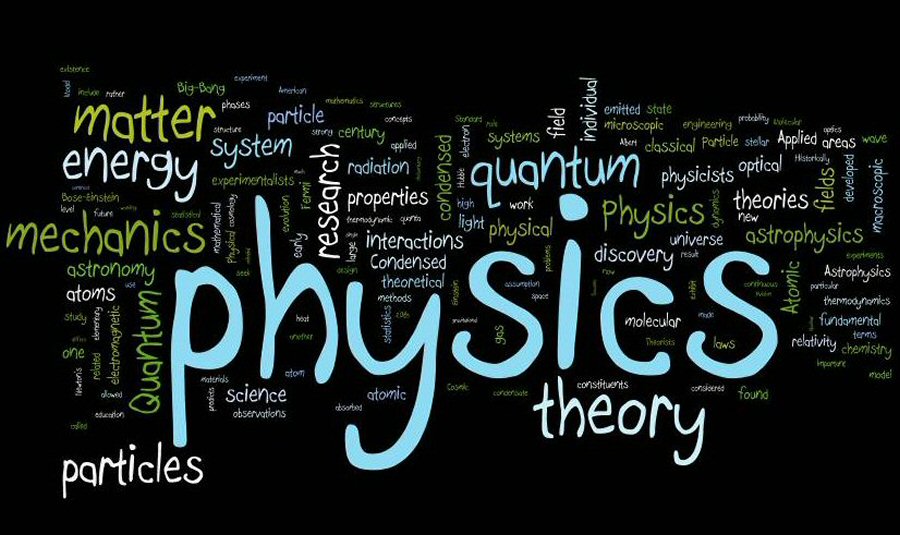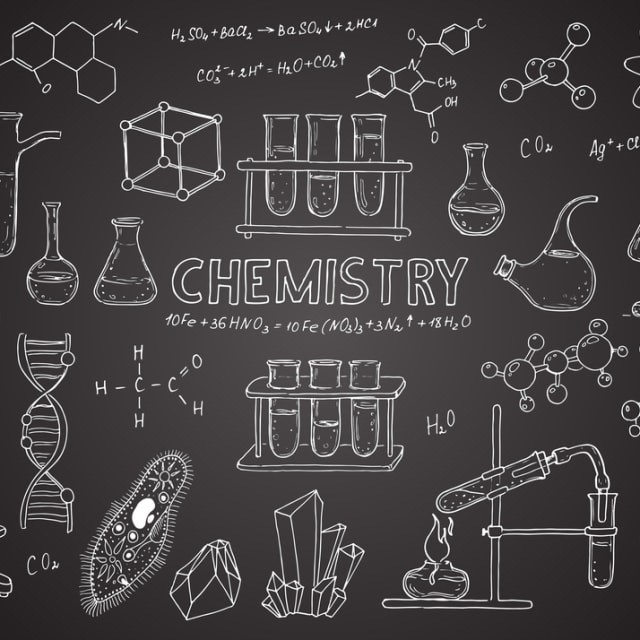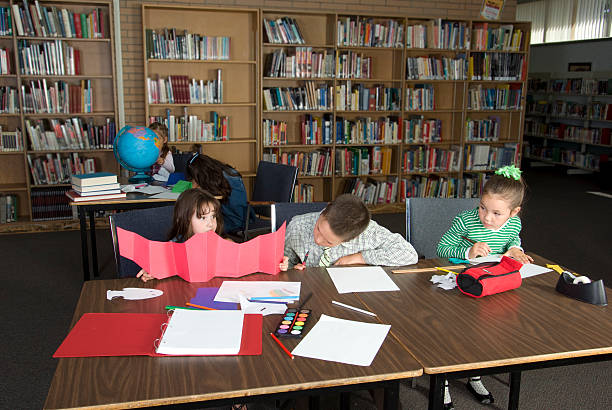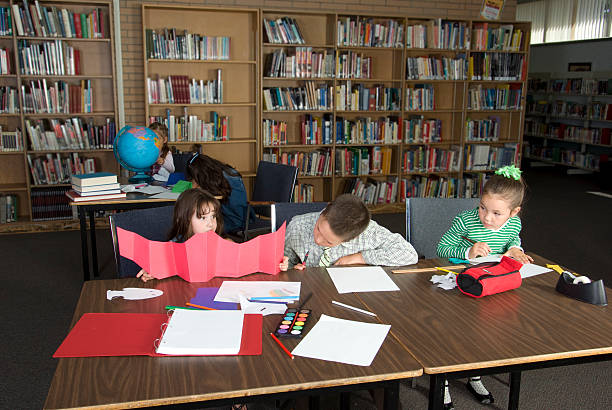Blog Detail Page
Physics Home Tutor in Islamabad & Rawalpindi
admin
Home Tutors

Welcome to OXfORD TUTORS
The History of Physics: A Comprehensive Overview
Ancient Civilizations and Early Ideas The history of physics is deeply intertwined with the history of human thought and civilization. Early contributions to physics came from ancient civilizations such as Egypt, Mesopotamia, India, and China. These societies made significant strides in astronomy, mechanics, and mathematics.
- Ancient Greece: The Greeks made substantial advancements, with philosophers like Thales, Anaximander, and Pythagoras exploring ideas about the natural world. Democritus proposed the concept of atoms, while Aristotle's works on natural philosophy dominated Western thought for centuries. Archimedes made significant contributions to mechanics and hydrostatics.
Middle Ages and the Islamic Golden Age During the Middle Ages, much of the ancient knowledge was preserved and expanded upon by scholars in the Islamic world.
- Islamic Scholars: Figures like Alhazen (Ibn al-Haytham) made important contributions to optics, while Al-Biruni and Avicenna (Ibn Sina) furthered understanding in various areas of physics and astronomy. Their works were later translated into Latin and influenced European scholars.
The Renaissance and the Scientific Revolution The Renaissance marked a period of renewed interest in science and the natural world, leading to the Scientific Revolution in the 16th and 17th centuries.
- Copernicus: Proposed the heliocentric model of the solar system, challenging the geocentric model.
- Galileo Galilei: Used telescopic observations to support the heliocentric model and made key discoveries in motion and mechanics.
- Johannes Kepler: Formulated the laws of planetary motion.
- Isaac Newton: Published "Philosophiæ Naturalis Principia Mathematica" (Principia) in 1687, laying the foundations for classical mechanics with his laws of motion and universal gravitation.
The 18th and 19th Centuries: Classical Physics The 18th and 19th centuries saw the development and refinement of classical physics.
- Electricity and Magnetism: Benjamin Franklin, Michael Faraday, and James Clerk Maxwell made groundbreaking contributions. Maxwell's equations unified electricity and magnetism into a single theory of electromagnetism.
- Thermodynamics: The study of heat and energy transfer led to the formulation of the laws of thermodynamics by scientists like Sadi Carnot, Rudolf Clausius, and Lord Kelvin.
- Optics and Wave Theory: Thomas Young's double-slit experiment demonstrated the wave nature of light, and Augustin-Jean Fresnel further developed the wave theory of light.
The Early 20th Century: The Birth of Modern Physics The early 20th century brought revolutionary changes with the advent of quantum mechanics and the theory of relativity.
- Albert Einstein: Developed the theory of special relativity (1905) and general relativity (1915), fundamentally altering our understanding of space, time, and gravity. His work on the photoelectric effect helped establish quantum theory.
- Quantum Mechanics: Max Planck, Niels Bohr, Werner Heisenberg, and Erwin Schrödinger made seminal contributions to the development of quantum mechanics, explaining the behavior of particles at the atomic and subatomic levels.
- Nuclear Physics: Discoveries by Marie Curie, Ernest Rutherford, and others led to the understanding of radioactivity and the structure of the atom, paving the way for nuclear energy and atomic weapons.
Mid to Late 20th Century: Expanding Horizons The mid to late 20th century saw rapid advancements in various fields of physics, driven by technological innovation and large-scale experiments.
- Particle Physics: The development of particle accelerators and detectors led to the discovery of numerous subatomic particles and the formulation of the Standard Model, which describes the fundamental forces and particles.
- Condensed Matter Physics: Advances in solid-state physics led to the development of semiconductors, superconductors, and various materials with unique properties.
- Astrophysics and Cosmology: The study of the universe's origin, structure, and evolution made significant strides with discoveries like the cosmic microwave background radiation and the acceleration of the universe's expansion.
21st Century: Frontiers of Physics In the 21st century, physics continues to explore new frontiers, with research focusing on areas such as:
- Quantum Information and Computing: Leveraging quantum mechanics to develop new technologies for computing and communication.
- High-Energy Physics: Experiments like those at the Large Hadron Collider (LHC) aim to understand fundamental particles and forces.
- Gravitational Waves: The detection of gravitational waves by LIGO and Virgo opened a new window for observing the cosmos.
- Dark Matter and Dark Energy: Physicists are investigating the mysterious components that constitute most of the universe's mass-energy content.
Prehistoric and Ancient Physics
Prehistoric Observations
Before formalized science, prehistoric humans made observations about the natural world that laid the groundwork for future scientific inquiry. These early observations included:
- Tracking celestial movements for agriculture and navigation.
- Utilizing basic principles of mechanics in tools and weapons.
Mesopotamia and Ancient Egypt
- Mesopotamia: Developed early forms of astronomy and mathematics. They observed the stars and planets, leading to the creation of calendars and early predictions of celestial events.
- Ancient Egypt: Egyptians made advances in geometry and engineering, as evidenced by the construction of the pyramids and other monumental structures.
Ancient Greek Contributions
Early Philosophers
- Thales of Miletus (c. 624-546 BCE): Considered one of the first to seek natural explanations for physical phenomena rather than supernatural ones. Proposed that water is the fundamental substance of all matter.
- Pythagoras (c. 570-495 BCE): Developed theories linking mathematics to physical phenomena, most famously the Pythagorean theorem.
The Golden Age of Greek Philosophy
- Democritus (c. 460-370 BCE): Proposed the existence of indivisible particles called atoms, laying the groundwork for atomic theory.
- Aristotle (384-322 BCE): Made extensive contributions to physics, especially in natural philosophy. His geocentric model of the universe and ideas about motion influenced Western thought for centuries.
Hellenistic Period
- Archimedes (c. 287-212 BCE): Made significant contributions to mechanics and hydrostatics, including the principle of buoyancy (Archimedes' principle) and the development of the lever.
Middle Ages and Islamic Golden Age
Preservation and Expansion of Knowledge
- Islamic Scholars: Preserved and expanded upon Greek and Roman knowledge. Scholars like Alhazen (Ibn al-Haytham) wrote extensively on optics, and Al-Biruni and Avicenna contributed to mechanics and astronomy.
The Renaissance and the Scientific Revolution
Key Figures and Discoveries
- Nicolaus Copernicus (1473-1543): Proposed the heliocentric model, challenging the geocentric view.
- Galileo Galilei (1564-1642): Used telescopic observations to support Copernican heliocentrism and made significant discoveries in motion and mechanics.
- Johannes Kepler (1571-1630): Formulated the laws of planetary motion, describing elliptical orbits.
- Isaac Newton (1643-1727): Published "Principia Mathematica" (1687), establishing the laws of motion and universal gravitation, forming the basis of classical mechanics.
The Enlightenment and Classical Physics
Developments in Various Fields
- Electricity and Magnetism: Benjamin Franklin's experiments with electricity, Michael Faraday's work on electromagnetism, and James Clerk Maxwell's equations unified the field.
- Thermodynamics: Sadi Carnot's work on heat engines, Rudolf Clausius's formulation of the second law of thermodynamics, and Lord Kelvin's absolute temperature scale.
- Optics: Thomas Young's double-slit experiment and Augustin-Jean Fresnel's wave theory of light.
The Early 20th Century: Quantum Mechanics and Relativity
Groundbreaking Theories
- Albert Einstein: Developed the theory of special relativity (1905) and general relativity (1915), revolutionizing our understanding of space, time, and gravity.
- Quantum Mechanics: Max Planck's quantization of energy, Niels Bohr's model of the atom, Werner Heisenberg's uncertainty principle, and Erwin Schrödinger's wave mechanics.
Mid to Late 20th Century: Expansion of Physics
Key Developments
- Particle Physics: Discovery of quarks, leptons, and the development of the Standard Model, explaining fundamental particles and forces.
- Condensed Matter Physics: Advances in understanding superconductivity, semiconductors, and various materials.
- Astrophysics and Cosmology: Discovery of the cosmic microwave background radiation, the expansion of the universe, and the development of Big Bang theory.
21st Century: New Frontiers
Emerging Fields and Technologies
- Quantum Information Science: Development of quantum computing and quantum cryptography.
- High-Energy Physics: Research at the Large Hadron Collider (LHC) and the discovery of the Higgs boson.
- Gravitational Waves: Detection by LIGO and Virgo, providing new insights into cosmic events.
- Dark Matter and Dark Energy: Ongoing research into the nature of these mysterious components of the universe.
- Interdisciplinary Studies: Increasing overlap with biology, chemistry, and engineering, leading to innovations in nanotechnology, biophysics, and materials science.
Home Tutor for Physics: Comprehensive Guide
Introduction
Home tutoring in physics can provide personalized and effective support to students at various educational levels. Whether a student is struggling with basic concepts or preparing for advanced exams, a physics tutor can tailor lessons to individual needs, helping to improve understanding and performance.
Benefits of Home Tutoring in Physics
- Personalized Attention: One-on-one sessions allow tutors to focus on the specific needs of each student, adapting teaching methods to suit their learning style.
- Flexible Scheduling: Home tutoring offers flexibility in scheduling sessions, making it easier to fit into busy student schedules.
- Improved Understanding: Tutors can explain complex concepts in simpler terms, provide additional examples, and use various teaching aids to enhance comprehension.
- Boosted Confidence: Regular tutoring sessions can help build a student's confidence in their abilities, reducing anxiety and improving performance in exams.
- Tailored Curriculum: Tutors can provide customized lesson plans that focus on areas where the student needs the most help, ensuring efficient and targeted learning.
Key Topics Covered in Physics Tutoring
Mechanics:
- Kinematics
- Dynamics
- Newton's Laws of Motion
- Work, Energy, and Power
- Momentum and Collisions
Thermodynamics:
- Laws of Thermodynamics
- Heat Transfer
- Entropy
- Thermodynamic Processes
Electricity and Magnetism:
- Electric Forces and Fields
- Electric Potential and Voltage
- Circuits and Ohm's Law
- Magnetism and Electromagnetic Induction
Waves and Optics:
- Wave Properties
- Sound Waves
- Light and Optics
- Reflection, Refraction, and Diffraction
Modern Physics:
- Quantum Mechanics
- Atomic and Nuclear Physics
- Relativity
- Particle Physics
Additional Topics:
- Fluid Mechanics
- Oscillations and Harmonic Motion
- Gravitational Forces
- Astronomy and Astrophysics
Finding the Right Physics Tutor
Qualifications and Experience:
- Look for tutors with a strong educational background in physics or a related field.
- Consider tutors with teaching experience or those who have a proven track record of helping students improve their grades.
Teaching Style:
- Choose a tutor whose teaching style matches the student's learning preferences.
- Some students may prefer a structured approach, while others might benefit from a more interactive and discussion-based method.
References and Reviews:
- Seek recommendations from friends, family, or online reviews.
- Ask potential tutors for references or testimonials from previous students.
Trial Sessions:
- Many tutors offer trial sessions to help determine if they are a good fit for the student.
- Use this opportunity to assess the tutor's ability to explain concepts clearly and engage the student.
Structuring Tutoring Sessions
Assessment:
- Begin with an assessment to identify the student's strengths and weaknesses.
- Discuss goals and expectations to tailor the tutoring plan accordingly.
Lesson Planning:
- Develop a structured lesson plan with clear objectives for each session.
- Incorporate a mix of theory, problem-solving, and practical applications to reinforce learning.
Interactive Learning:
- Use visual aids, simulations, and hands-on experiments to make abstract concepts more tangible.
- Encourage questions and active participation to keep the student engaged.
Regular Feedback:
- Provide regular feedback on the student's progress.
- Adjust the tutoring plan as needed to address any ongoing challenges or new areas of focus.
Exam Preparation:
- Offer strategies for effective exam preparation, including time management, practice exams, and reviewing past papers.
- Focus on areas that are commonly tested and help the student develop problem-solving techniques.
Related Blogs
Categories
-
Home Tutors
279
Recent Blgs

online tutoring Australia

home tuition in lahore

home tutors in Lahore
Tag Cloud
physic tutor
tutor
home tutor
home tutors for physics
home tutors required for physics
physics home tutors
physics home tutors in karachi
physics home tutors in islamabad
physics home tutors in lahore
O level Physics
A level physics
matric classs physics
home tuition islamabad
home tuition rawalpindi
physics tutoring
physics tutors required
home tutor for physics
tutoring for physics


















































































































































































































































































